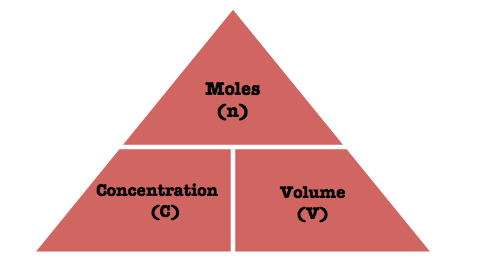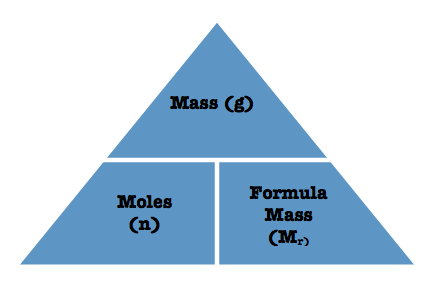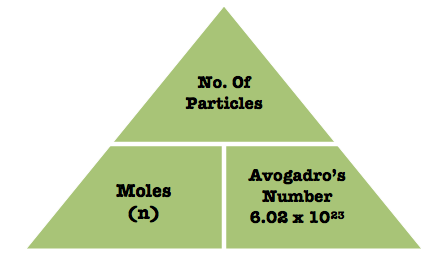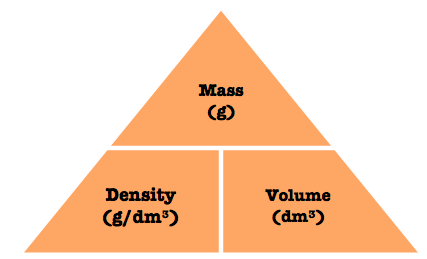There are different factors that may cause demand, although three causes of inflation are demand-pull inflation, cost-push inflation and monetary inflation.
Inflation could result in an increase in national income (GDP) and/or an increase in wages/income.
Aggregate demand is the total demand in an economy and when aggregate demand increases it causes inflation to increase GDP. Aggregate demand includes consumption by consumers, investments by firms, government expenditures by the government as well as exports-imports (imports don’t count as they represent demand for foreign goods)
Demand-Pull Inflation
Keynesians believe that inflation can be caused by too much demand in an economy, this is called demand-pull inflation
According to the law of demand, when there is an ↑ in Demand → ↑ in Price.
∴ when there is an ↑ in Aggregate Demand there is an ↑ in General Price Level which causes inflation.
Demand-pull inflation can be caused by:
- Rising consumer spending fueled by tax cuts or low interest rates
- An increase in government spending
- Rising demand for resources by firms
- Demand for exports
Cost-push inflation
Cost-push inflation is a Keynesian theory where costs in an businesses rises and causes inflation.
When businesses experience rising business costs they increase price in order to maintain their profit margins.
∴ due to the increase in price, inflation may occur.
For example;
A retailer buys goods from a supplier for £10 per unit. The retailer then adds 10 percent of the cost to get the selling price. This is £11 (£10 + 10% X £10). If the cost of this product from the supplier rises to £12, the new pice will be £13.20 (£12 + 10% X £12). The price of the product has been increased by the retailer from £11 to £13.20 because costs have risen. If the retailer did not increase the price when cost rose, profits would be reduced
Cost-push inflation can be caused by:
- Rising costs in commodities such as oil, steel, etc.
- Increase in wages
- Employers may increase price in order to maintain their profit margin
- Higher indirect taxes from the government
- Entrepreneurs can decided whether or not to pass on burden to the consumers in order to maintain their profit margin as raising prices can mean higher profit.
- When a firm has monopoly power and decides to raise the prices in order to increase their profit
Monetary Inflation
Unlike Cost-push and demand-pull inflation, monetary inflation isn’t a Keynesian theory but instead is a theory followed by monetarists. When a country/economy experiences a sustained increase in money supply, it may result in inflation and that is called monetary inflation.
Monetary inflation is occurs when households, firms and governments borrow money to fund extra spending. As a result, the money supply increases as there are more bank deposits. This creates inflation because the extra money lent to the different parties causes demand to increase and prices to rise as well.
Continue reading →



